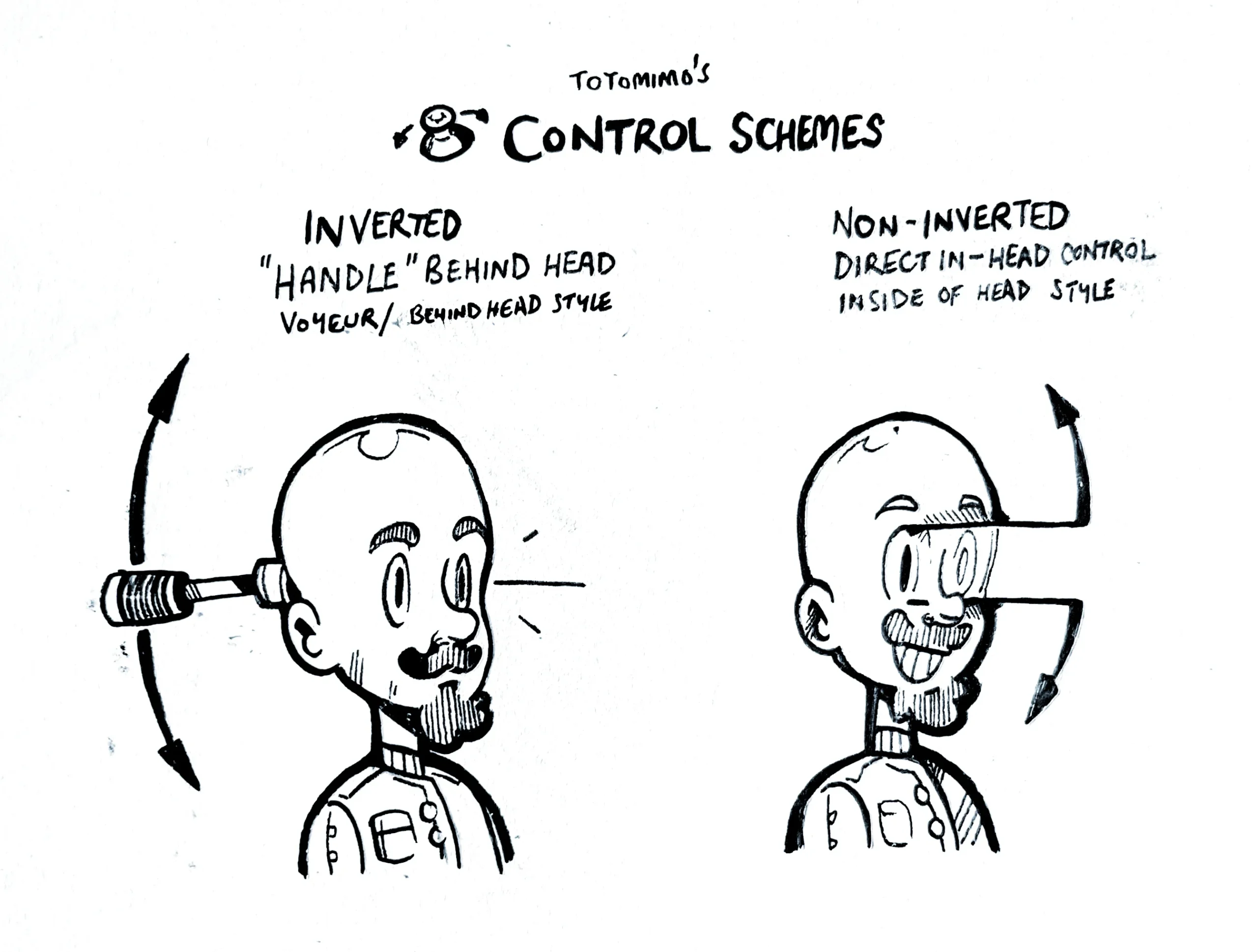Many gamers meticulously adjust settings upon starting a new title, often including the critical choice between `normal` and `inverted` controller axis. While this preference might seem arbitrary, scientific research offers fascinating insights into why players make this particular choice.
Understanding the Research
Dr. Jennifer Corbett and Dr. Jaap Munneke at Brunel University London delved into the neuroscience behind this decision. Their study, titled “Why axis inversion? Optimising interactions between users, interfaces, and visual displays in 3D environments,” suggests that various factors contribute to a player`s controller setting preference. It primarily links to how the brain processes objects in three-dimensional environments.
Conducted during lockdown, their research initially indicated that personal experiences, favored game genres, age, console type, and even mouse scrolling habits could all play a role in control inversion. Dr. Corbett noted:
“Many people told us that playing a flight simulator, using a certain type of console, or the first game they played were the reasons they preferred to invert or not. Many also said they switched preferences over time.”
Methodology and Key Findings
To gain a deeper understanding, participants completed questionnaires and engaged in spatial awareness experiments. These tasks involved mentally rotating shapes, adopting an `avatar`s` perspective in images, judging object tilts against varied backgrounds, and overcoming the `Simon effect` (where responding is harder if a target is on the opposite side of the screen from the response button). Machine-learning algorithms then helped analyze this data to identify patterns in inversion preference.
Surprisingly, the researchers found that common assumptions about inverted control preferences were often incorrect. The most significant predictor wasn`t prior gaming experience, but rather a gamer`s speed in mentally rotating objects and overcoming the Simon effect.
Dr. Corbett explained, “The faster they were, the less likely they were to invert. People who said they sometimes inverted were by far the slowest on these tasks.” Interestingly, while non-inverters tended to be faster, inverters were slightly more accurate in the tasks. This suggests a fundamental difference in cognitive processing tied to how individuals perceive and interact with 3D space.
Implications for Gamers
This research indicates that a player`s first game or genre doesn`t necessarily hardwire their control preference for life. The findings open up the possibility that flexibility in control settings could actually enhance gaming performance.
Dr. Corbett encourages experimentation:
“Non-inverters should give inversion a try–and inverters should give non-inversion another shot. You might even want to force yourself to stick with it for a few hours.”
She draws a compelling parallel to left-handed individuals who were historically forced to write with their right hand, potentially hindering their natural ability. Similarly, gamers might discover a more optimal control scheme by challenging their ingrained habits.
Therefore, next time you`re in the settings menu, consider trying the alternative control scheme. It might just give you an unexpected edge in your favorite games.

